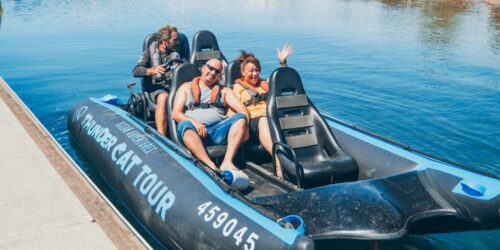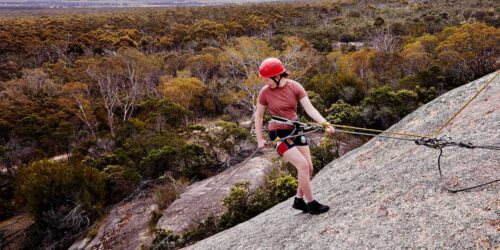Exploring Rock Pools at Smiths Beach, Phillip Island
If a traveler takes their time and sees all of it, one of the most amazing events can be found on the beautiful Phillip Island where the Smiths beach is located, an experience that seems to treasure to nature and to the entire family. For its gorgeous curve shoreline and promising waves, this beach not only is a good place to swim or soak in the sun but also an impressive place to seashore rock pool activities. Rock pools are marvelous ecological systems and windows to the wondrous bio-diversity of the teeming marine life under the described waters. These pools which are rich in species are however only available for exploration at low tides when the tide has gone low and the glass surface of the rocky formations has emerged. This paper demonstrates how to find these secret treasures in Smiths Beach while discussing biodiversity, safety and learning aspect provided such treasures. Whether you are a regular beachgoer or a family inquisitive about new sites, it does not matter, this is just a perfect place to be.
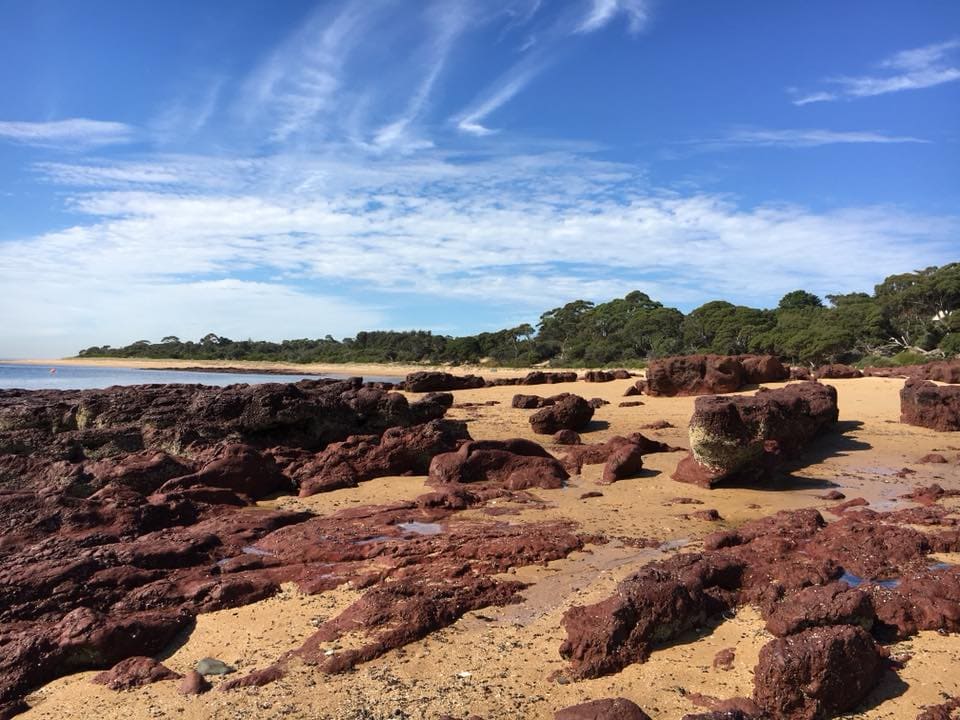
Advantages of Rock Pooling at Smiths Beach
Constellation of Landforms
However it is the geographical cause as the major reason why one should also supplement all the activities done at Smrthis beach by including the rock pooling in Smiths beach seeing the fis pools at very low tide. At low water levels, the reshaped coastline has stunning geological features that give rise to dozens of pools of water. Such formations offer an active marine habitat.
Moreover, how the tide comes and goes plays a crucial role in forming the pools as well as the conditions of salinity and temperature of the water inhabited bodies. Due to these factors, every expedition could unearth a different ensemble of life which makes it a quest of a lifetime. It is this diversity that sculpts the contours of the quest and stretches our grasp of marine life.
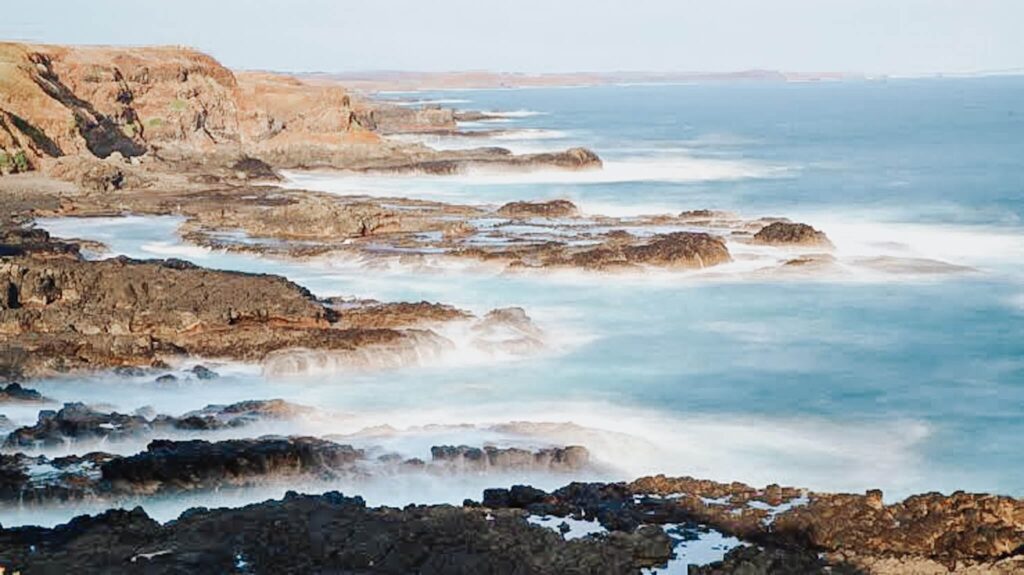
Biodiversity in Rock Pools
The rock pools at Smiths Beach contain representative samples of various types of biodiversity. Here are some marine species, well known those or which have a generic, even if inaccurate common name, among them red sea stars, black sea urchins sea and fish swimming but often notably shy regarding regular eyeball contact with. Species of these animals use the rocky area in order to stay and feed and for reproduction. The presence of such diversified and rich habitats also enhances the ecological structure of these rock pools. It has been observed that in regions where rock pools are well developed, the wider ocean ecosystem is benefited tremendously. The preservation of these habitats is to the advantage of future generations and allows them to appreciate the magnificent beauty just offshore.
Best Times to Explore Smiths Beach’s rock pools
Understanding Tidal Schedules
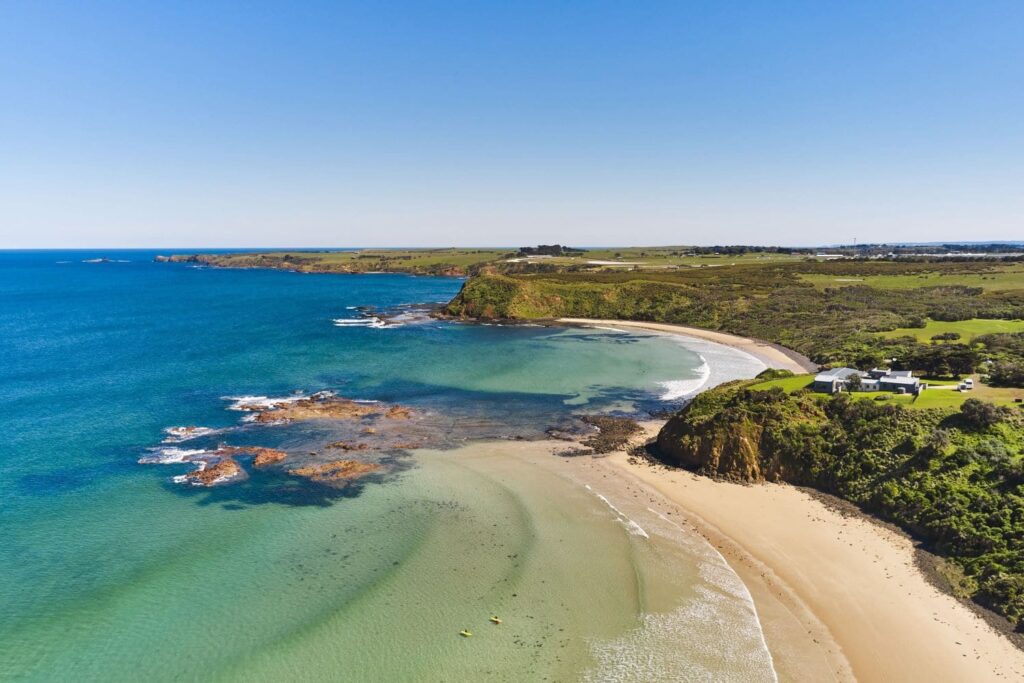
Once in Smiths Beach the planning of the rock pools trip is no mean feat as timing is very important.
The most ideal time to do some exploration is when the tide is out as the water has withdrawn and a number of pools are there to be explored. To plan your visit, it is important to learn when the tides for Phillip Island, which are quite variable, are due. There will be nothing of interest at low tide, but many more opportunities at high tide with the added benefit of safety while scaling the rocks. Below are two statements that you ought to take note of:
- Know the local tide charts online or at visitor centers prior to your visit.
- Be there early enough such that there is sufficient time for exploration prior to the tide coming back.
Things to Consider When Visiting
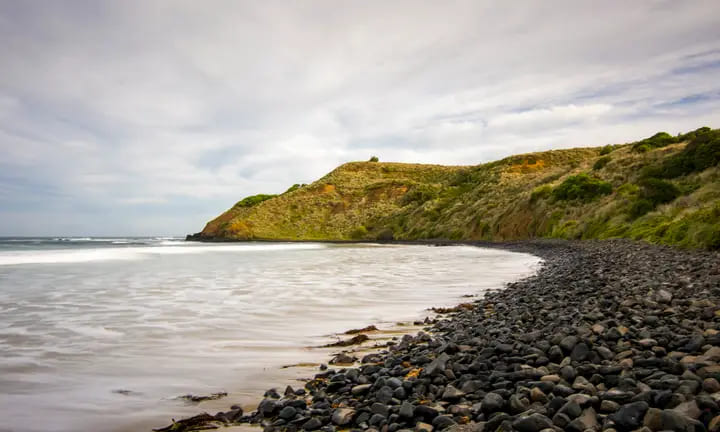
The types of marine animal life found in the rock pools can change with regards to seasons which adds an extra interesting dimension when focusing on exploration. The call of summer brings about warmer waters which have such a variety of dazzling species comfortably sitting in the sun on rocks. The emerge of spring and optimize fall are equally great in the analysis of mating rituals as well as invasive species’ emergence in the course of these seasonal transitions. On the other hand, winter can be more enjoyable in terms of the absence of visitors and the presence of enveloped unusual critters. Here is a simple table presenting the seasons and possibly their likely aspects:
| Season | Visitor Experience | Marine Life Highlights |
|---|---|---|
| Summer | Active pedestrian traffic, lively signboards | Fish with colors, Turtles |
| Fall | Large number of tourists is reduced in size however the heat is still a bit less | Various types are engaged in parental processes |
| Winter | Undisturbed recreation, not many visitors | Interesting underwater animals, abnormal features |
| Spring | Active movement, growth of vegetation, flowers | New born species, juvenile aquatic fauna |
Basics to Follow When Out and About the Rock Pools
The Surroundings
The above tips will make the beautiful experience of discovering rockpools safer. However, consideration of certain aspects of the surroundings needs to be done before getting into the water ponds. Concentrate on the ground because some rocks may be slippery and some may be loose. Also be wary of the waves and the tides; the sea is not always calm, and it makes it easy to overlook safety while having fun. Make sure that you have a strategy for getting back to the land before the tide changes. Safety precautions that should be observed are:
- Do not explore alone – make sure someone knows where you are going.
- Use stable footing to stay on your wet aquatic rocks without slipping
Gear and Preparation
The next step is preparation to fulfill your rock pooling plans. The right equipment will improve your enjoyment and give you protection.
Wear sturdy, non-slip footwear that helps grip surfaces and wear clothing made of quick drying material that makes you active in different weather. And, it is also prudent to carry some basic equipment such as sunscreen, a hat and a small pack for your equipment. Ensure that you pack the following items to have a successful day as well:
- Snorkel gear for underwater discovery
- Something small to safely view tiny sea animals
Learning While Rock Pooling
Going out with Nature
Rock pooling is not all about fun; it is also educational. This holds especially true for families and children where it creates a love for marine ecosystems at a tender age. Children can study the different types of animals they come across, and how they fit in the ecosystem. Make sure to ask children questions regarding the interesting things they see, and why they found them so compelling. This type of experience is priceless, allowing families to bond with nature in a special way. When the public enjoys the appreciation of marine life they help recreate better banks of the environmental interactions.
Conservation Efforts
While you are trying to understand the magic of rock pooling, don’t forget to look for the how such the human way of life effects these delicate environments design. Ecological balance and conservation talks should feature as part of your discussions during the course of your excursions.
When fringing or disrupted areas are in plain view and possible for onlookers to gaze at, this will instill in those visitors a spirit or sense of responsibility. In the same breath, always practicing responsible and sustainable rock pooling will serve to preserve such ecosystems for generations to come. Understanding how to reduce disturbance to such a natural resource will enhance the preservation of this natural beauty.
Conclusion
Smiths Beach, for example, enables one to not just experience nature but also offers a great learning opportunity for everyone in the family. Safety, breathtaking biodiversity, promotion of conservation, etiquette and everything else that encompasses rock pooling shows a world that is exciting and beautiful. We highly recommend experiencing distinct rock pools in Smith’s beach albeit in a responsible and considerate manner. The fragile ecosystems that you traverse in these environments are sensitive and every right stepping you make counts towards protecting these ecosystems for the coming generations. You will be amazed at the beauties that lie waiting just off the coast!
FAQs
- What should I wear when exploring rock pools? The most important accessories when exploring rock pools are comfortable shoes and clothes which dry fast. A hat and sunscreen also provide necessary protection against the sun.
- Are rock pools safe for children? Yes, provided that there is adequate supervision, rock pools may be safe for children. Be careful to understand the indications of the tides and the possibility of slippery rocks.
- Is it allowed to take shells and other sea creatures from the rock pools? Rock pools are not places for shell or marine life collection as this would affect the biodiversity of the area. One should always confirm such information before altering wildlife regulations.
- What kind of wildlife can I find in the rock pools? People going to such places can expect to find a number of starfish, sea anemones, crabs, lobsters, mollusks, and different kinds of fishes, among others.
- Where can I find a tide timetable for Smiths Beach? Tide schedules are provided in many marine sites, tourism offices and mobile applications for tide tracking. Plan your schedule during low tide for the best experience with rock pooling.
